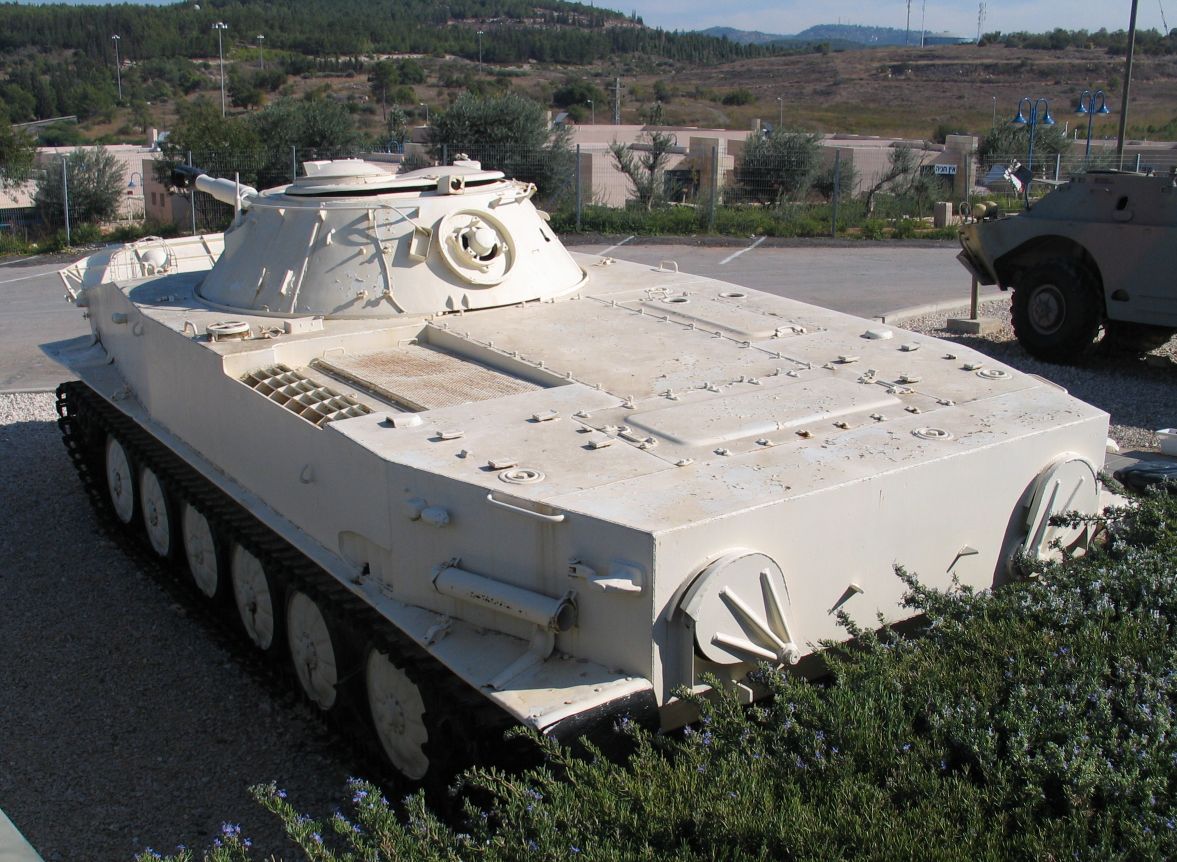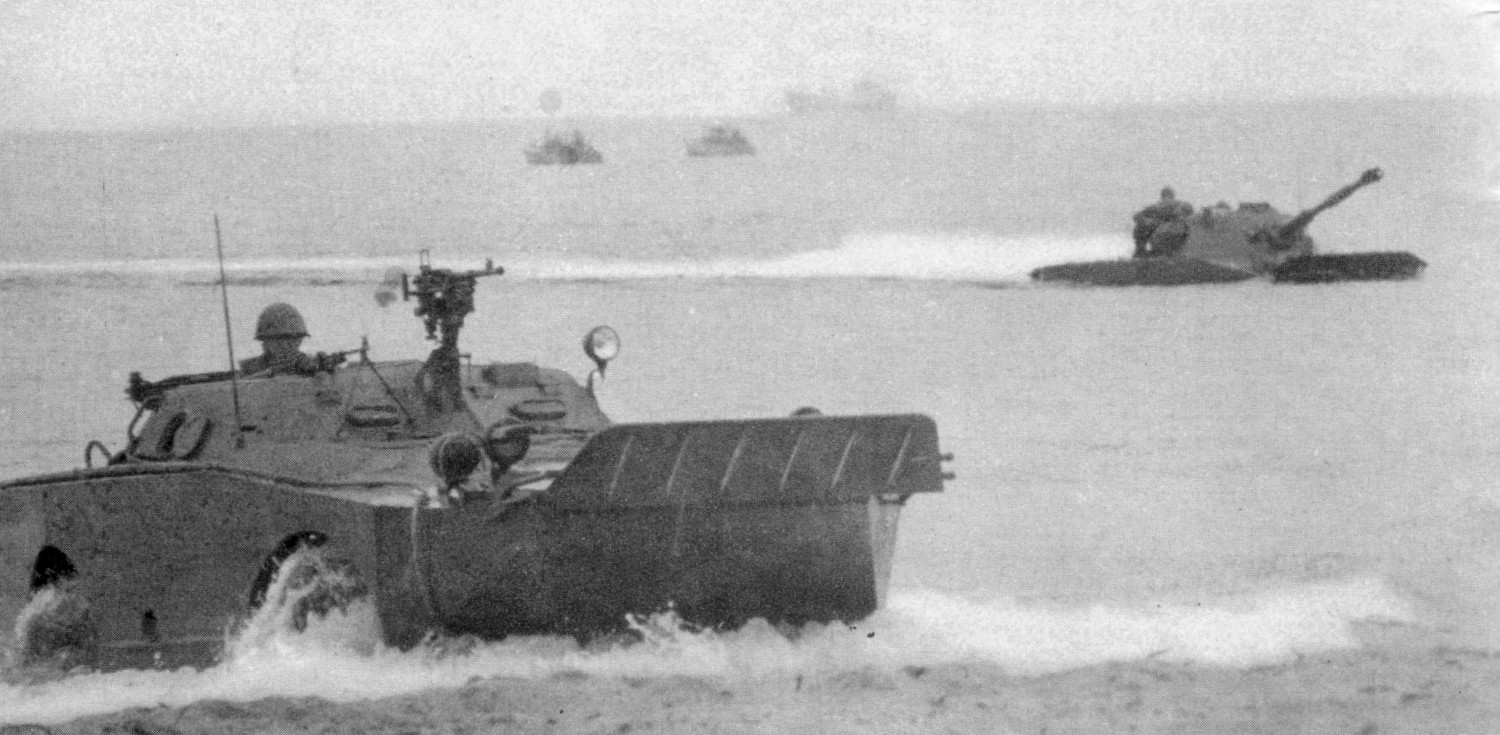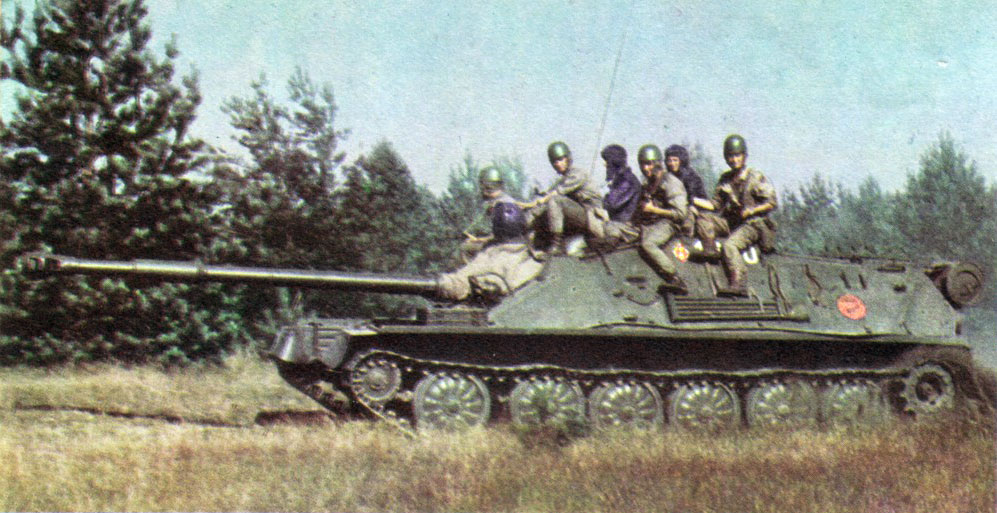|
Museum Of Polish Military Technology
The Museum of Polish Military Technology (Polish: ''Muzeum Polskiej Techniki Wojskowej'') is a military museum in the Mokotów district of Warsaw, Poland. It is a branch of the Polish Army Museum. It is located in former Fort IX of the Warsaw Fortress. Description The museum is located in a former Russian fortress which is divided by Powsińska Street in two parts, the larger part being the museum and the smaller part being Szczubełka Park. In the 1990s, with the retirement of obsolete military equipment, the Polish Army Museum built a warehouse, which later opened as an outdoor exhibition branch of the museum. Because the branch has a larger area than the main museum, the site is also used for storage and restoration of equipment. Exhibits Tanks Other vehicles Planes Literature * Zawadzki Wojciech, ''Polskie muzea wojskowe: informator'', Towarzystwo Przyjaciół Muzeum Tradycji POW. Bydgoszcz, 2002. Gallery File:POL Leopard 1A4.JPG, Leopard 1A4 File:POL OT- ... [...More Info...] [...Related Items...] OR: [Wikipedia] [Google] [Baidu] |
Warsaw
Warsaw ( pl, Warszawa, ), officially the Capital City of Warsaw,, abbreviation: ''m.st. Warszawa'' is the capital and largest city of Poland. The metropolis stands on the River Vistula in east-central Poland, and its population is officially estimated at 1.86 million residents within a greater metropolitan area of 3.1 million residents, which makes Warsaw the 7th most-populous city in the European Union. The city area measures and comprises 18 districts, while the metropolitan area covers . Warsaw is an Alpha global city, a major cultural, political and economic hub, and the country's seat of government. Warsaw traces its origins to a small fishing town in Masovia. The city rose to prominence in the late 16th century, when Sigismund III decided to move the Polish capital and his royal court from Kraków. Warsaw served as the de facto capital of the Polish–Lithuanian Commonwealth until 1795, and subsequently as the seat of Napoleon's Duchy of Warsaw. Th ... [...More Info...] [...Related Items...] OR: [Wikipedia] [Google] [Baidu] |
PT-76
The PT-76 is a Soviet amphibious light tank that was introduced in the early 1950s and soon became the standard reconnaissance tank of the Soviet Army and the other Warsaw Pact armed forces. It was widely exported to other friendly states, like India, Iraq, Syria, North Korea and North Vietnam. The tank's full name is Floating Tank–76 (, ''plavayushchiy tank'', or ). ''76'' stands for the caliber of the main armament: the 76.2 mm D-56T series rifled tank gun. The PT-76 is used in the reconnaissance and fire-support roles. Its chassis served as the basis for a number of other vehicle designs, many of them amphibious, including the BTR-50 armored personnel carrier, the ZSU-23-4 self-propelled antiaircraft gun, the ASU-85 airborne self-propelled gun and the 2K12 Kub anti-aircraft missile launch vehicle. Development After World War II, the concept of light tanks was resurrected in the USSR. They were to be used in reconnaissance units and therefore an amphibious ability wa ... [...More Info...] [...Related Items...] OR: [Wikipedia] [Google] [Baidu] |
TOPAS
The OT-62 TOPAS is a series of amphibious tracked armoured personnel carriers developed jointly by Polish People's Republic and Czechoslovakia ( ČSSR). OT-62 stands for ''Obrněný Transportér vzor 62'' – "armoured personnel carrier model 62". TOPAS stands for ''Transportér Obrněný Pásový'' – "tracked armoured personnel carrier". Development In the late 1950s Czechoslovakia bought a license to produce BTR-50s from the Soviet Union. The received documentation was used to develop a new tracked armoured personnel carrier for Czechoslovak army and Ludowe Wojsko Polskie (LWP). The work started in 1958 and the first prototype was completed in 1962. After it passed the trials it was accepted and received the name TOPAS. Because the standard TOPAS vehicle used by the LWP (Polish People's Army) was unarmed, the design bureau of Wojskowa Akademia Techniczna (WAT) (Military Technical Academy) designed a variant armed with a new turret placed centrally on top of the superstructur ... [...More Info...] [...Related Items...] OR: [Wikipedia] [Google] [Baidu] |
BTR-152
The BTR-152 is a six-wheeled Soviet armored personnel carrier (БТР, from Бронетранспортер/'' Bronetransporter'', literally "armored transporter"), built on the chassis and drive train of a ZIS-151 utility truck. It entered service with a number of Warsaw Pact member states beginning in 1950, and formed the mainstay of Soviet motor rifle battalions until the advent of the amphibious BTR-60 series during the 1960s. BTR-152s were available in several marks, and were manufactured in large numbers for the Soviet military and export. Late production models utilized automotive components from the more reliable ZIL-157 truck. Three primary variants of the BTR-152 appeared between 1950 and 1959: the base armored personnel carrier with a single pintle-mounted 7.62mm or 12.7mm machine gun, an unarmed command vehicle with a higher roofline, and an anti-aircraft variant armed with a ZPU-2 mount. BTR-152s could carry a single infantry squad each, or specialist weapons teams a ... [...More Info...] [...Related Items...] OR: [Wikipedia] [Google] [Baidu] |
BTR-60
The BTR-60 is the first vehicle in a series of Soviet eight-wheeled armoured personnel carriers (APCs). It was developed in the late 1950s as a replacement for the BTR-152 and was seen in public for the first time in 1961. BTR stands for ''Bronetransporter'' (БТР, Бронетранспортер, literally "armoured transporter"). History Origins The BTR-152 and BTR-40, the first two Soviet mass-produced APCs developed after the Second World War, gave the Soviet Army useful experience with wheeled armoured personnel carriers. However, even as they were designed, they were not suited for the needs of the Soviet Army as they lacked a roof (which was added in later versions designated BTR-152K and BTR-40B respectively). The low combat values of the BTR-152 and BTR-40 were exposed when the Egyptian Army used them during the Suez Crisis and also when the Soviet Army used them in the fighting on the streets of Budapest during the Hungarian Revolution of 1956. These were among the ... [...More Info...] [...Related Items...] OR: [Wikipedia] [Google] [Baidu] |
BTR-40
The BTR-40 (БТР, from Бронетранспортёр, or '' Bronetransporter'', literally "armoured transporter† is a Soviet non-amphibious, wheeled armoured personnel carrier and reconnaissance vehicle. It is often referred to as the ''Sorokovka'' in Soviet service. It is also the first mass-produced Soviet APC. It was eventually replaced in the APC role by the BTR-152 and in the scout car role by the BRDM-1. Development history The BTR-40's development began in early 1947 at the design bureau of the Gorkovsky Avtomobilny Zavod (Gorkovsky Automobile Factory) under the leadership of V. A. Dedkov. The concept was a successor to the BA-64B armoured car which went out of production in 1946. The design team also included L. W. Kostikin and P.I. Muziukin. Two prototypes designated BTR-141 were completed in 1947. The first was armed with two coaxial 14.5 mm KPVT heavy machine guns on a rotatable mount which was protected by armour plate at the front and sides. The second ha ... [...More Info...] [...Related Items...] OR: [Wikipedia] [Google] [Baidu] |
BRDM-2
The BRDM-2 (''Boyevaya Razvedyvatelnaya Dozornaya Mashina'', Боевая Разведывательная Дозорная Машина, literally "Combat Reconnaissance/Patrol Vehicle") is an amphibious armoured scout car used by states that were part of the Soviet Union and its allies. It was also known under the designations BTR-40PB, BTR-40P-2 and GAZ 41-08. This vehicle, like many other Soviet designs, has been exported extensively and is in use in at least 38 countries. It was intended to replace the older BRDM-1, and has improved amphibious capabilities and better armament compared to its predecessor. History After a few years of use by the Soviet Army, the limitations and drawbacks of the BRDM-1 became obvious. The vehicle had no turret and to operate the armament the gunner had to open a hatch and expose himself to enemy fire. The vehicle was not fitted with an NBC protection system, and had no night vision equipment by default. The vehicle also lacked any kind of spec ... [...More Info...] [...Related Items...] OR: [Wikipedia] [Google] [Baidu] |
BRDM-1
The BRDM-1 (''Bronirovannaya Razvedyvatelnaya Dozornaya Mashina'', Бронированная Разведывательная Дозорная Машина, literally "armored reconnaissance/patrol vehicle") is a Soviet amphibious armored scout car. It was the first purpose-built Soviet reconnaissance vehicle to enter service since the BA-64 and was built on the chassis and drive train of the BTR-40 armored personnel carrier. It is the world's first mass-produced combat vehicle of its class. The primary advantage of the BRDM-1 at the time of its introduction was its amphibious capability, which was the main shortcoming associated with its BTR-40 counterpart. Another unique feature of the vehicle's design were two pairs of chain-driven auxiliary wheels, which could be lowered to provide additional traction on muddy terrain. The BRDM-1 was manufactured from 1957 to 1966, at which time 10,000 had entered service with the Soviet Union and its military allies around the world. It was t ... [...More Info...] [...Related Items...] OR: [Wikipedia] [Google] [Baidu] |
Humber Scout Car
The Humber Scout Car was a British light scout car used in the Second World War. It entered service in 1942 and continued in production until 1945. Designed for reconnaissance, and liaison between armoured units, it provided protection only against light arms fire, so was not a front line vehicle. More importantly it was small and fast and could quickly evade trouble. It became the shape format for the post war Ferret armoured car which began production in 1952. History Although at the outbreak of the Second World War the British Army had already selected the Daimler Dingo for production, the need for scout cars could not be met by Daimler alone, so other companies were required to produce similar vehicles. One of these companies was Humber which along with other companies in the Rootes Group was already producing armoured cars and the Humber Light Reconnaissance Car. In 1942 they built a vehicle similar to the Dingo in layout. To comply with the official requirement to keep ... [...More Info...] [...Related Items...] OR: [Wikipedia] [Google] [Baidu] |
Universal Carrier
The Universal Carrier, also known as the Bren Gun Carrier and sometimes simply the Bren Carrier from the light machine gun armament, is a common name describing a family of light armoured tracked vehicles built by Vickers-Armstrongs and other companies. The first carriers – the Bren Carrier and the Scout Carrier with specific roles – entered service before the war, but a single improved design that could replace these, the Universal, was introduced in 1940. The vehicle was used widely by British Commonwealth forces during the Second World War. Universal Carriers were usually used for transporting personnel and equipment, mostly support weapons, or as machine gun platforms. Design and development The origins of the Universal Carrier family can be traced back generally to the Carden Loyd tankettes family, which was developed in the 1920s, and specifically the Mk VI tankette. In 1934, Vickers-Armstrongs produced, as a commercial venture, a light tracked vehicle that could ... [...More Info...] [...Related Items...] OR: [Wikipedia] [Google] [Baidu] |
ASU-85
The ASU-85 (russian: Авиадесантная самоходная установка, АСУ-85, Aviadesantnaya Samokhodnaya Ustanovka, ASU-85 – airborne self-propelled mount) is a Soviet-designed airborne self-propelled gun of the Cold War era. From 1959, it began to replace the open-topped ASU-57 in service. It was, in turn, replaced by the BMD-1 beginning in 1969. Development history Development of a new assault gun for the armed forces started at the OKB-40 design bureau of the Mytishchi Machine Building Plant (MMZ), under the supervision of chief designer Nikolaj Aleksandrovich Astrov. The first Ob'yekt 573 prototype was ready for factory tests in the second half of 1953. This first vehicle was followed by a small batch of three improved vehicles that were evaluated by the armed forces in 1956–1957. The improved vehicles were powered by a new, horizontal six cylinder diesel engine, the YaMZ-206V, instead of the original V-6 of the PT-76. In 1958, the order to start se ... [...More Info...] [...Related Items...] OR: [Wikipedia] [Google] [Baidu] |
SU-76
The SU-76 ('' Samokhodnaya Ustanovka 76'') was a Soviet light self-propelled gun used during and after World War II. The SU-76 was based on a lengthened version of the T-70 light tank chassis and armed with the 76 mm divisional gun M1942 (ZiS-3). Its quite simple construction and multipurpose combat role made it the second most produced Soviet armoured fighting vehicle of World War II, after the T-34 medium tank. History Design of the SU-76 began in November 1942, when the State Defense Committee ordered the construction of infantry support self-propelled guns armed with the ZiS-3 76.2 mm anti-tank gun and the M-30 122 mm howitzer. The T-70 chassis was chosen for mounting the ZiS-3 gun, and was lengthened, adding one road wheel per side, to facilitate better gun mounting. The vehicle was not completely enclosed by armour, the rear roof and upper rear side exposed. The power-plant setup installed in the first mass-produced SU-76s was unreliable. Two GAZ-202 automobile ... [...More Info...] [...Related Items...] OR: [Wikipedia] [Google] [Baidu] |
.jpg)







